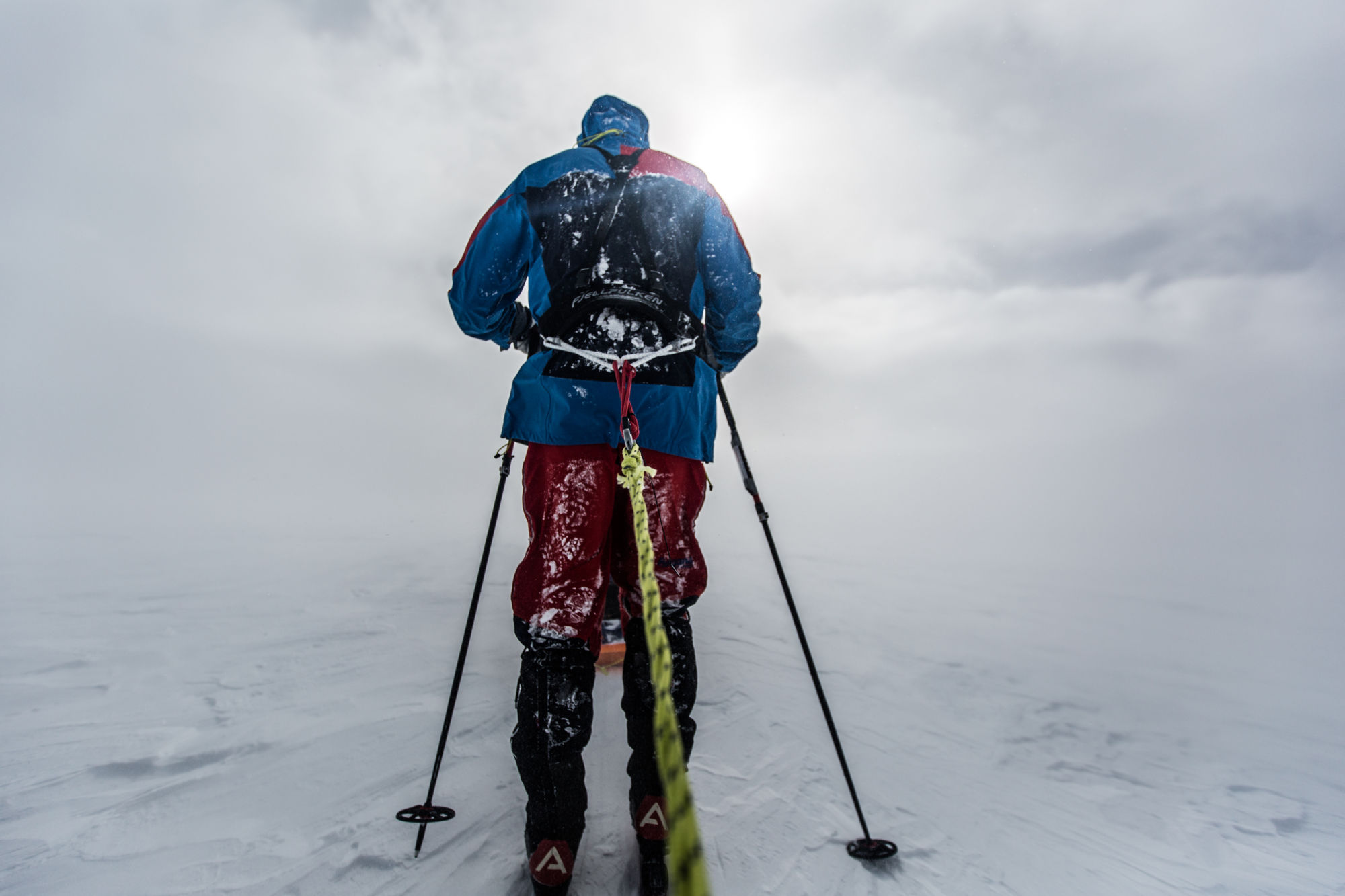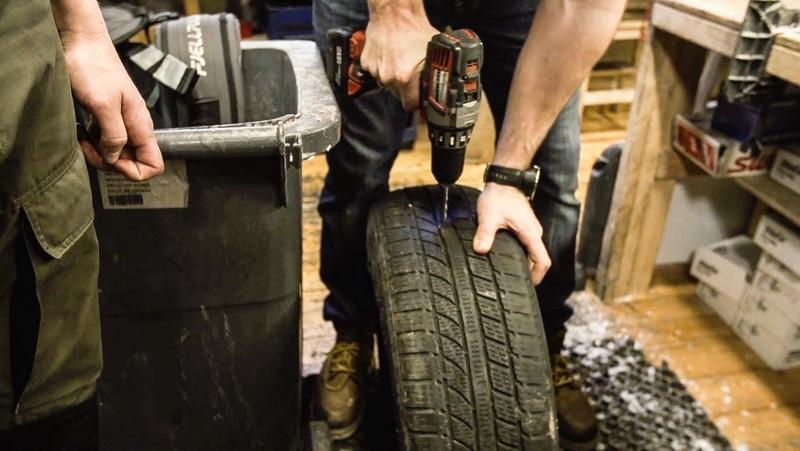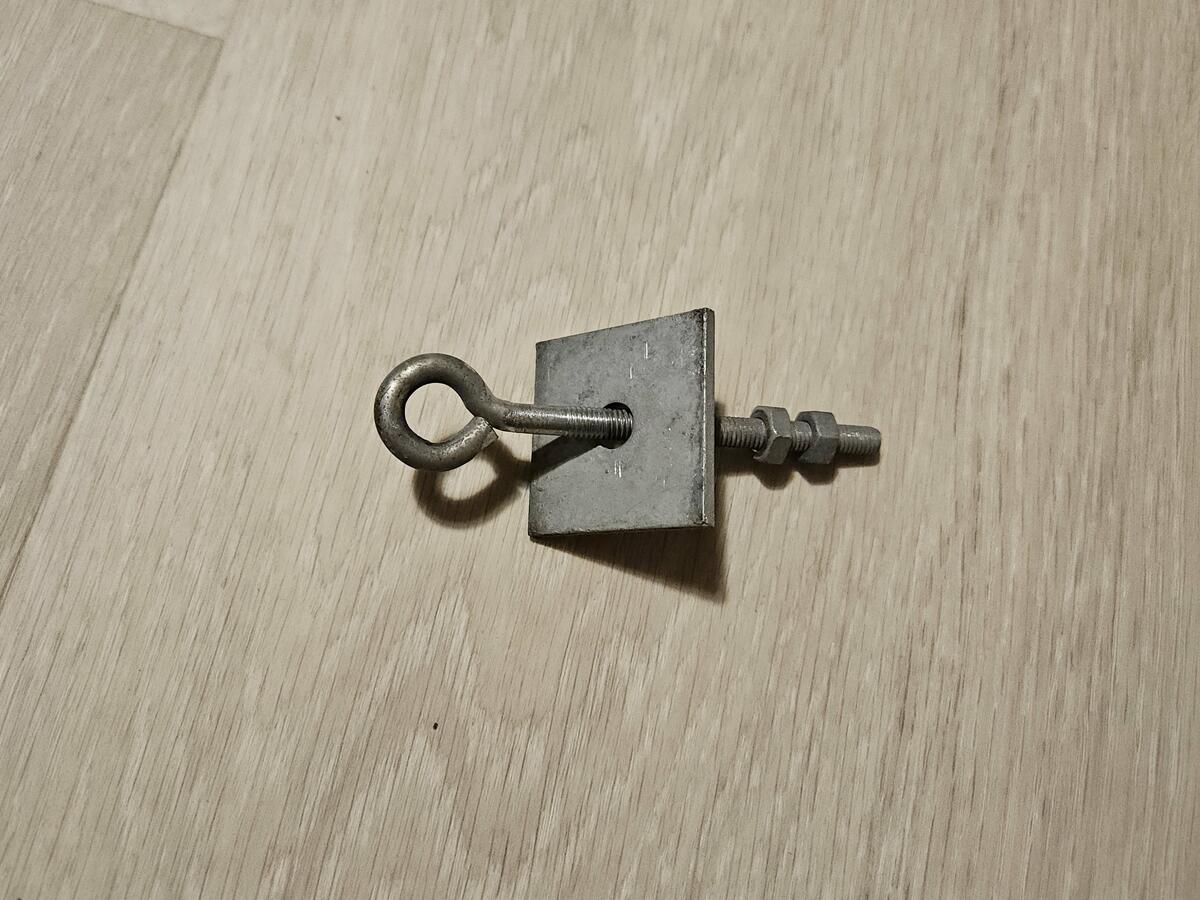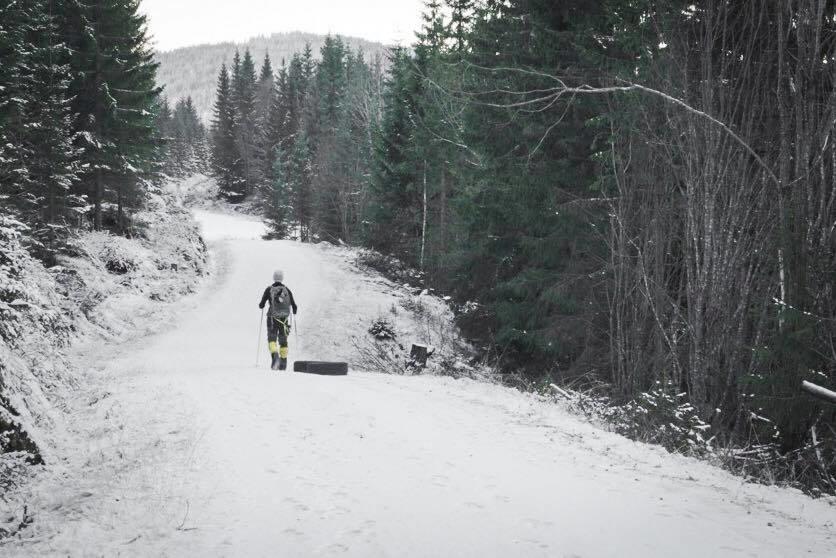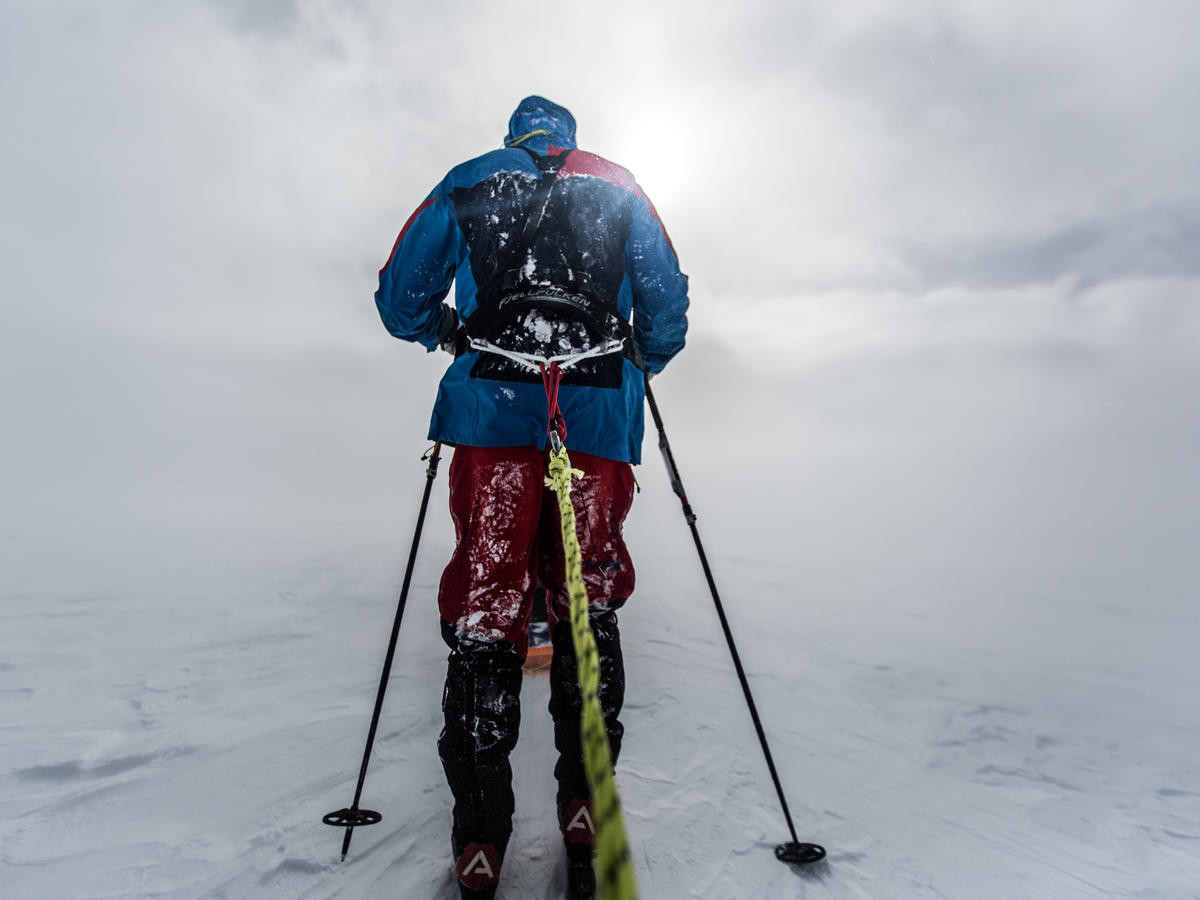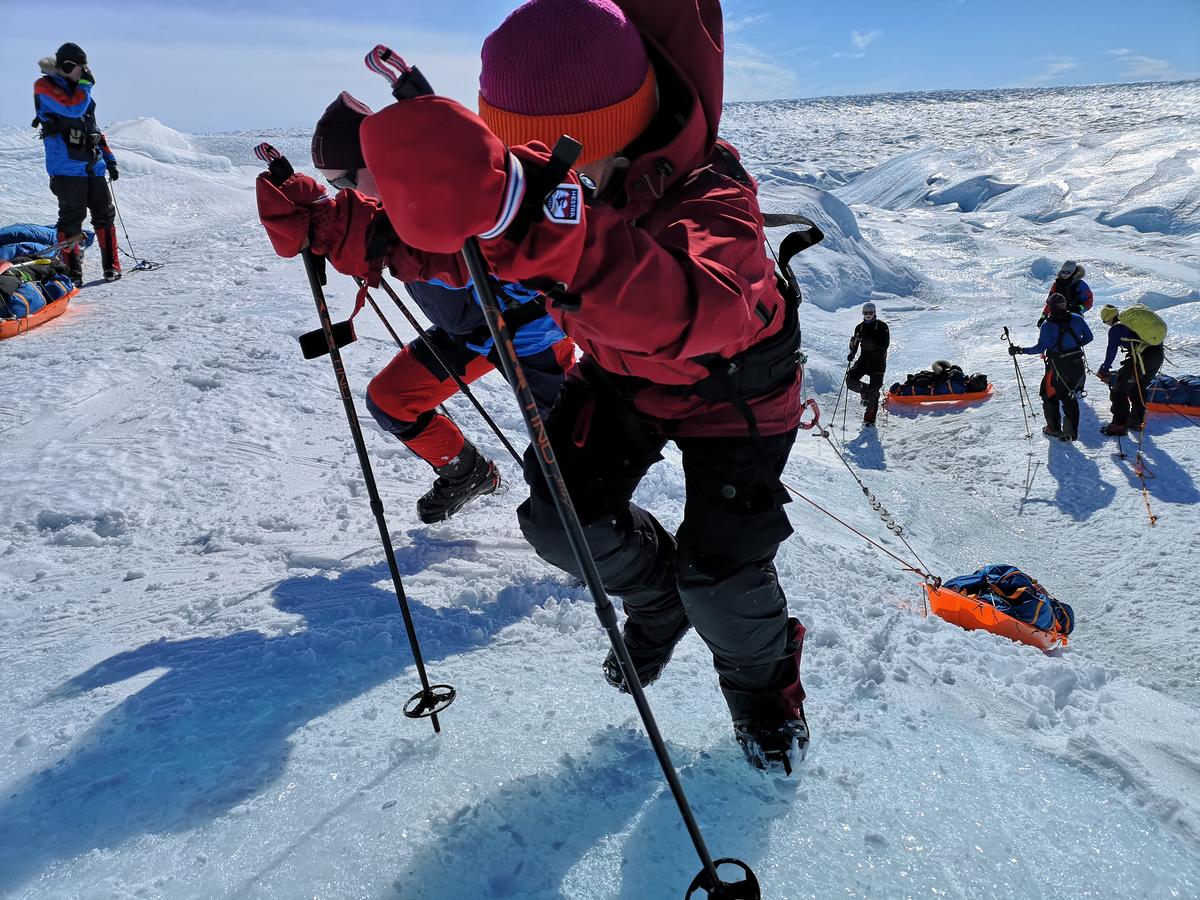Building your body into an endurance machine doesn’t happen overnight. One of the most effective ways to prepare for long ski trips is by pulling tires. This training can be done anywhere, anytime, and the tire will quickly become your ultimate training partner!
Long hikes and ski trips require a well-adjusted training program, starting well in advance of the planned expedition. Any form of endurance training will be beneficial, but there is one particular model that stands out. So, just find a gravel road or a forest path and start pulling away. Here’s how to get started:
- Go to your local tire dealer and politely ask if you can have some used tires.
- Note that there is a significant difference in the weight of different tires. If you're unsure of how heavy you want to pull, you can choose tires with varying weights.
- Use a metal drill bit and drill holes in the tires. Many prefer to insert an eye bolt. If you use two nuts and/or thread lock (Loctite normal), it minimizes the chance of it loosening during the vibrations when pulling.
- If you want to pull multiple tires, insert an eye bolt on both sides so you can attach the tires together and pull them in line.
- It's smart to attach a small rope loop to the eye bolt, then attach a carabiner to it, and to this carabiner, you can fasten your pulling rope.
- If you don’t have a pulling rope, see how to make one here!
- Note that the pulling rope for the tires can usually be a bit shorter than for the sled, especially if you’re pulling tires on a path.
- Attach the pulling rope to your sled harness, or a backpack with a good hip belt can also work.
- We recommend using poles when pulling tires, especially when hauling heavy loads, uphill, or on a path. This also better simulates the experience of pulling a sled. The poles should not be too long – many prefer the 'slalom pole length'.
- Start with an easy load, and gradually increase the weight by adding heavier tires or multiple tires as you get stronger. Begin on a flat gravel road, but pulling uphill will be more effective in the long run. For tougher training, you can even pull the tire(s) on a forest path with roots and rocks. This adds an extra challenge and provides excellent preparation for pulling a sled in difficult snow conditions. The more tires and steeper hills, the better—but don’t overdo it. Slow is smooth, and smooth is fast.
Now you’re all set to start pulling tires!
